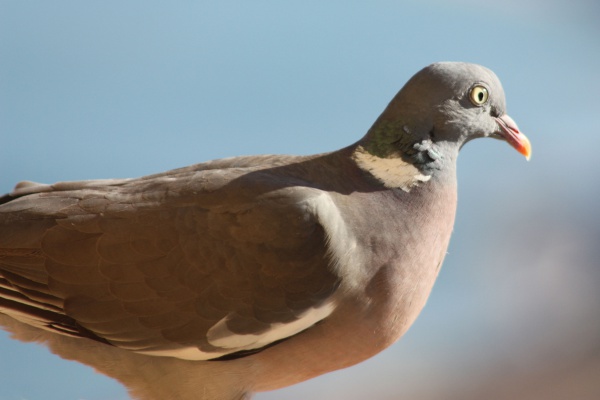Facts About Columba (genus)
The genus *Columba* comprises a wide variety of medium to large pigeons, commonly referred to as typical pigeons. Smaller Columbidae species are often called "doves" while larger ones are known as "pigeons." Within the *Columba* genus, many species are simply called pigeons, with some specifically known as wood pigeons. The well-known feral pigeon, derived from the rock dove, is frequently referred to as "the pigeon" and has given rise to numerous domesticated breeds. When people mention the wood pigeon, they are typically referring to the common wood pigeon.
*Columba* pigeons originally hail from the Old World. However, certain species, such as the domestic and feral rock pigeon, have been introduced to other regions, including the Americas. The word "columba" is Latin for "dove." This genus was first described by Carl Linnaeus in 1758, with the stock dove later designated as the type species by Nicholas Aylward Vigors in 1825.
The classification of *Columba* has evolved over time. American pigeons are now placed in a different genus called *Patagioenas*. Molecular studies have shown that American pigeons have a distinct lineage compared to *Columba* and *Streptopelia* species. *Columba*, along with *Streptopelia* and other groups, represents a significant evolutionary branch within the pigeon family.
There are 35 recognized species in the *Columba* genus, including two that are extinct. Some prominent species are the rock dove, common wood pigeon, and African olive pigeon. Fossil species like *C. omnisanctorum* and *C. melitensis* have been discovered in various locations, enhancing our understanding of this group's evolutionary history.
Prehistoric pigeons, such as *C. congi* from China and the Mauritian wood pigeon, provide additional insights into the diversity and spread of *Columba* species. Some African pigeons currently classified in this genus may require further study, potentially leading to their reclassification under a different genus, *Aplopelia*.

 Austria
Austria